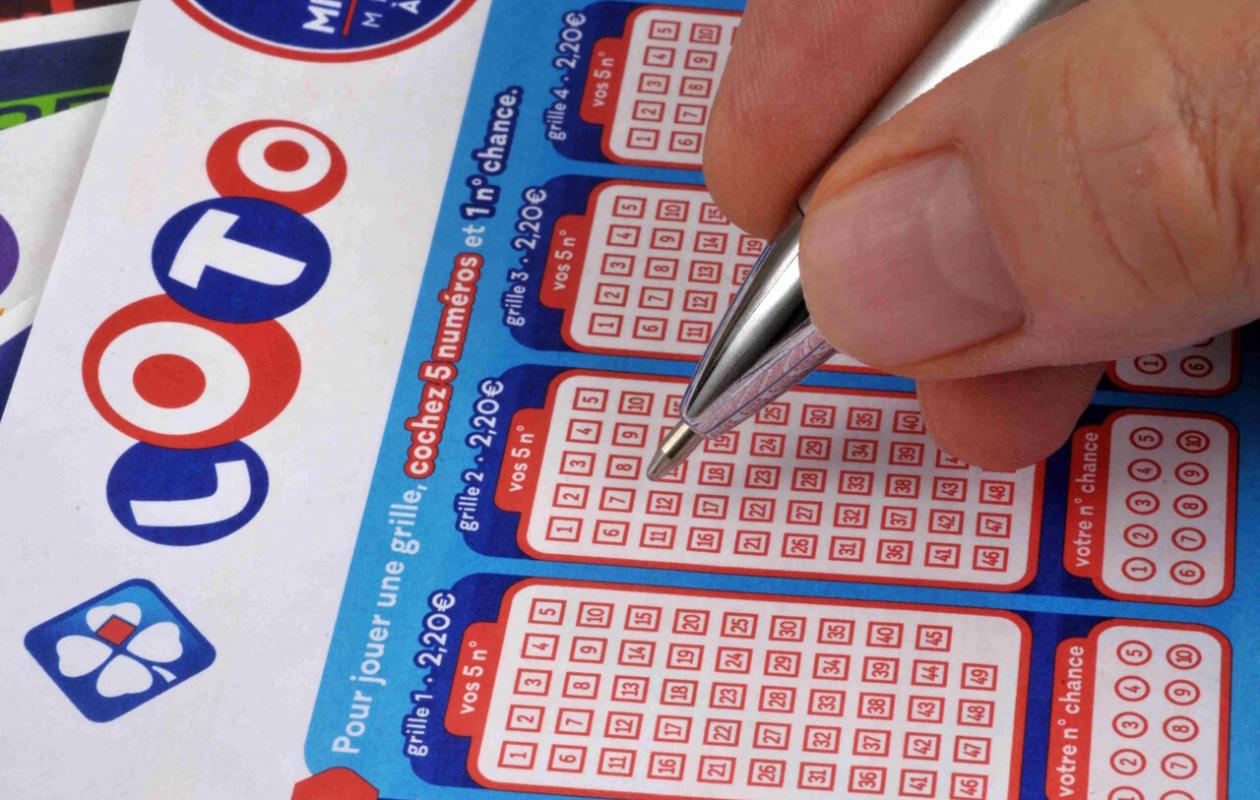
Quelles sont les conditions requises pour un jeu de loto équitable ?
Every week, millions of people try their luck at the lottery, dreaming of that jackpot that could change their lives. But beyond the dream and the excitement of the draw, a fundamental question arises: can the game be trusted? The answer lies in a set of technical, mathematical, and legal conditions. Together, these guarantee the fairness and integrity of the process. A fair lottery is not a matter of chance. It results from rigorous design and meticulous oversight.
For many players, placing their first lottery bet is often accompanied by a legitimate question: What guarantees do I have that the draw is perfectly impartial? The answer to this concern lies in the mathematical principle of equiprobability .
This means that each number, each ball, must have exactly the same chance of being drawn as the others.
Let's take the classic example of drawing 5 balls from 49. The probability that the first number drawn is 17 is 1 in 49. If 17 is indeed drawn, the probability that the second number is 24 becomes 1 in 48, and so on.
For this theory to translate into practical equity, several physical and technical conditions must be met:
The balls must be perfectly identical in size, weight, shape, and material. Even the slightest variation could, in theory, favor certain numbers. They are made of a material such as rubber or synthetic plastic, with a smooth surface to prevent any snagging.
The ball-drawing drum is often transparent to allow visual monitoring. It must be designed to ensure a perfectly random and homogeneous mixing of the balls. Its internal walls are smooth. The rotation mechanism, often using air jets or blades, is designed to prevent the balls from following a predictable path.
It is the machine, and the machine alone, that must select the balls, without any human intervention at this crucial stage.
Probability theory alone is not enough to guarantee fairness. This is where the regulatory authorities come in, guardians of the game's integrity. Their role is multifaceted and unfolds in three stages: before, during, and after the draw.
The authorities are taking preventative action. Accredited independent laboratories regularly conduct rigorous tests on the drawing machines and the balls. These tests verify:
The weight and diameter of each ball, accurate to the micron.
The perfect balance and sphericity of the balls.
The random operation of the machine over thousands of test prints.
These checks result in a certification that proves the equipment meets the strictest fairness requirements.
The draw itself is usually filmed and broadcast live. A bailiff or a representative of the regulatory authority is physically present to supervise each step. They ensure that the machine and balls used are indeed those that have been certified.
Before the draw, he confirms that the drum is empty and that the balls are inserted in full and in a verifiable manner.
He observes the draw process to ensure that no manipulation takes place.
This physical presence and live broadcast strengthen public confidence.
Once the draw is over, the monitoring process continues. The authorities analyze the results over the long term. Using powerful statistical tools, they track down any anomalies. If a number were to appear with a significantly higher frequency than predicted, it would trigger an investigation to determine the cause. This retrospective analysis is essential for detecting equipment malfunctions or attempts at fraud that might otherwise have gone unnoticed.
Finally, a truly fair lottery must also be fair in its structure. The ticket price must be fixed and affordable. The winning rules must be clear and understood by everyone. The payout rate must be publicly announced. This transparency is crucial so that players know exactly what they are participating in.
Ultimately, the fairness of a lottery game doesn't rest on a single element, but on a chain of trust. This chain begins with the immutable law of probability. It is embodied by certified and neutral physical equipment. Active and independent oversight by the relevant authorities secures the process. It is this unwavering rigor that allows everyone to dream, with peace of mind, when buying their ticket.
Commentaires (0)
Participer à la Discussion